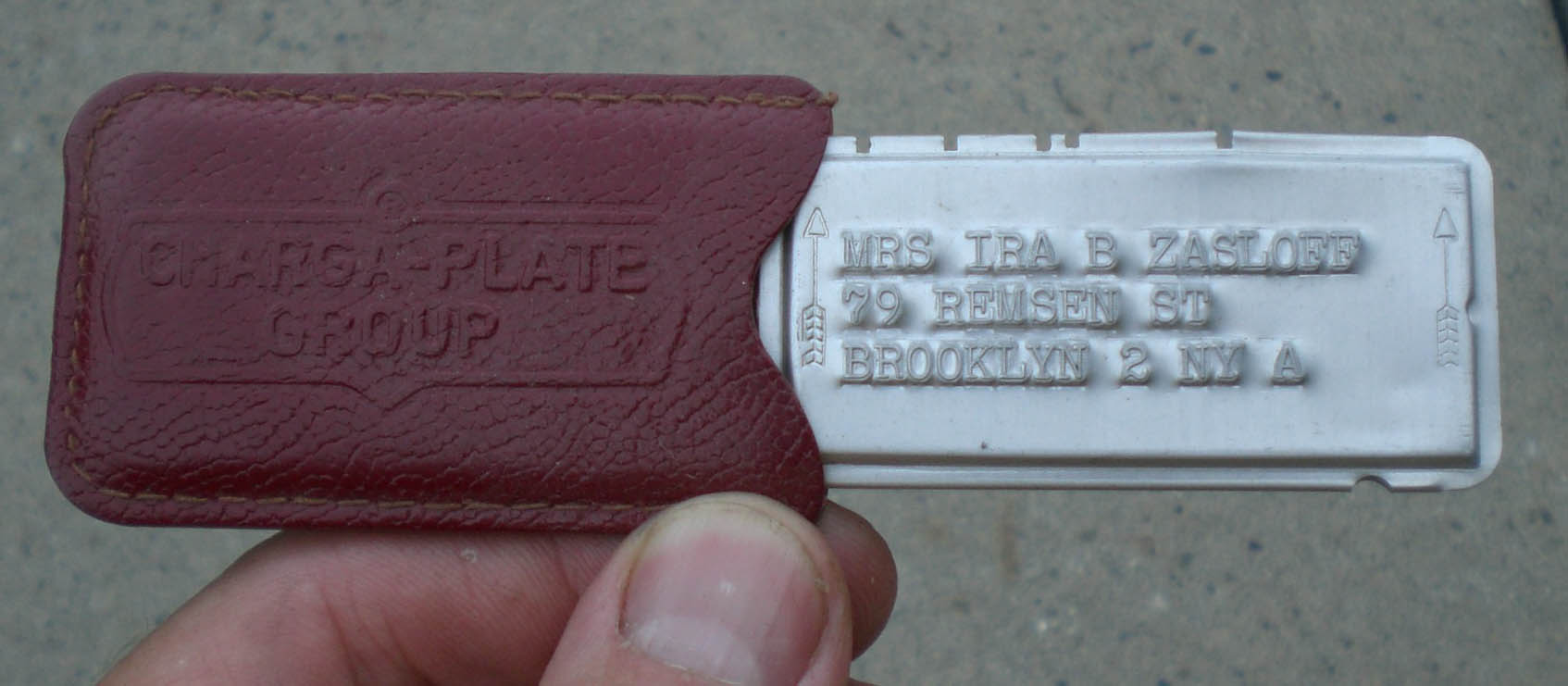Buying on credit will likely never cease, though the plastic cards that have long been part of the transactions may disappear. From a brief history of credit cards by Hilary Greenbaum and Dana Rubinstein in the New York Times Magazine:
“In Looking Backward, Edward Bellamy’s 1888 novel about a socialist utopia more than a century hence, citizens are issued ‘credit cards’ entitling them to shares of the national wealth. In today’s dystopian reality, people use a different sort of card to buy stuff on the Internet. Yet according to Robert Manning, a historian and author of Credit Card Nation, plastic remains ‘one of the top 10 innovations in the post-World War II period.’ Even if it owes its ubiquity, in part, to a New York businessman named Frank X. McNamara, who forgot to bring cash to a lunch meeting. In 1950, McNamara introduced a cardboard charge card. He called it the Diners Club.
During the 1920s, department stores started issuing charge plates or coins — round or rectangular and mostly made from metal — to encourage loyal customers to run a tab. The most popular, made by a company called Charga-Plate, was rectangular and big enough for an account number, a name and an address.”
••••••••••
“He wines and dines without ever spending cash,” 1963:

